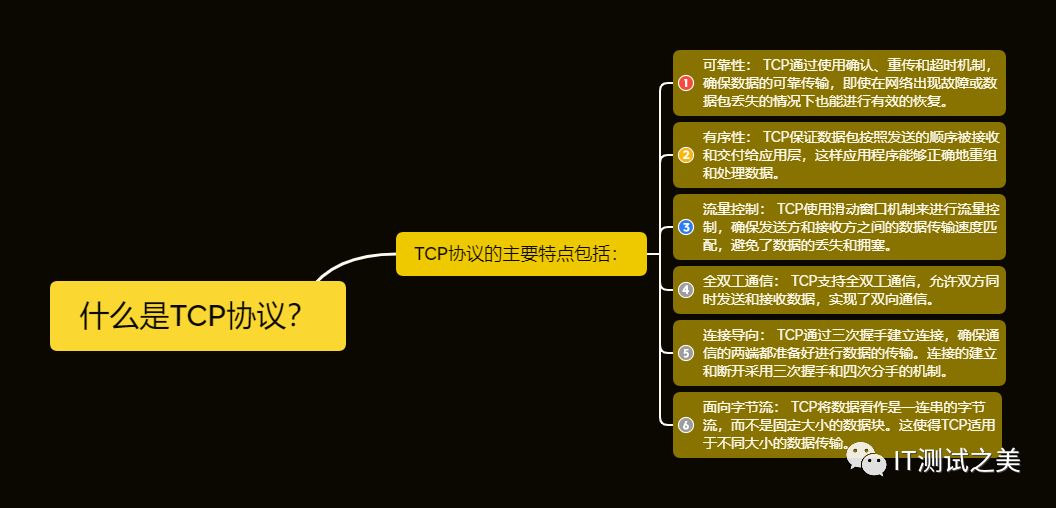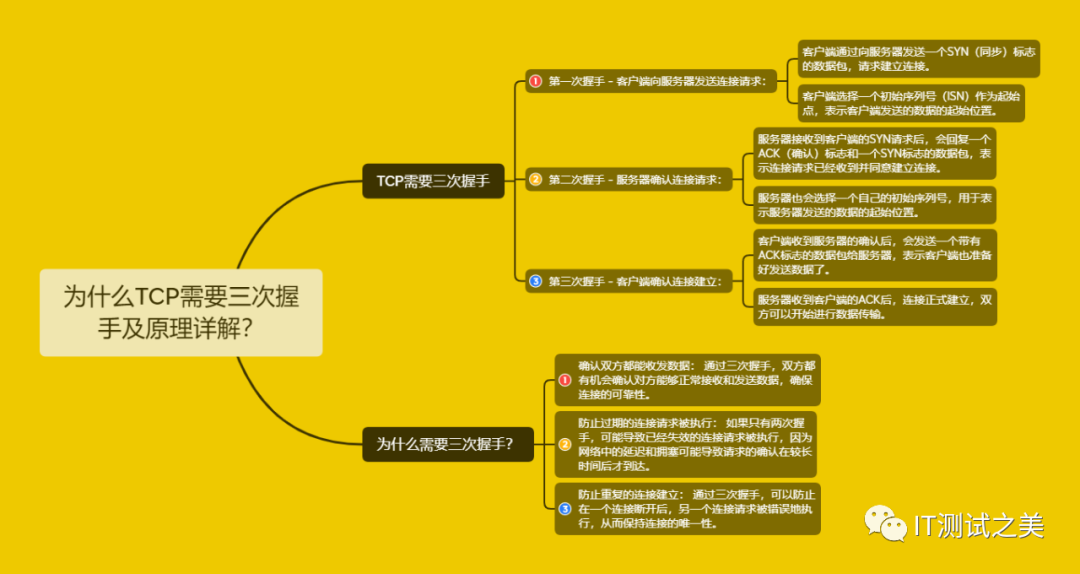Regarding "TCP's three-way handshake and four-way breakup" this is the best answer I have ever heard

Regarding "TCP's three-way handshake and four-way breakup" this is the best answer I have ever heard
When it comes to TCP connection establishment and disconnection, people often talk about the "three-way handshake" and "four-way wave", which have become familiar terms to network engineers.
Today, we will delve into this topic and reveal the mechanism behind the TCP protocol so that we can better understand the nature of network communication.

1. What is the TCP protocol?
TCP (Transmission Control Protocol) is a transport layer protocol commonly used in computer networks. It is responsible for reliably transmitting data on the network.
TCP is a connection-oriented protocol that establishes reliable connections for both ends of the communication to ensure data integrity and orderliness.

TCP is typically used for applications that require high data integrity, such as file transfers, email transfers, and web browsing.
It is one of the most widely used transmission protocols on the Internet. Together with IP (Internet Protocol), it forms the TCP/IP protocol stack, providing a reliable foundation for network communication.
2. Why does TCP need three-way handshake and detailed explanation of its principle?
The main purpose of TCP requiring a three-way handshake is to ensure that both ends of the communication (client and server) can work properly and establish a reliable connection.
This process involves three stages of communication. The specific principles are as follows:

Generally speaking, the three-way handshake ensures that both parties can conduct two-way communication before the connection is established, reducing connection problems caused by network instability or other reasons.
This design makes the TCP protocol more reliable.
3. Why are there four breakups of TCP and a detailed explanation of their principles?
The four breakups of the TCP protocol are to ensure that when the connection is disconnected, both parties can complete the exchange of untransmitted data, thereby avoiding data loss or incompleteness.
The principle of waving four times involves the following steps:

Generally speaking, the four-way wave mechanism of the TCP protocol ensures the reliability of the connection when it is closed, ensuring that both parties have enough time and opportunity to complete the exchange of untransmitted data.
This design makes the TCP protocol more robust during connection disconnection.
4. What is the difference between TCP and UDP?
TCP (Transmission Control Protocol) and UDP (User Datagram Protocol) are two transport layer protocols commonly used in computer networks. They have some key differences:

In general, TCP and UDP have different design goals and are suitable for different application scenarios.
TCP focuses on data integrity and reliability and is suitable for scenarios that require high data integrity, such as file transmission, while UDP focuses on real-time performance and is suitable for scenarios that require high real-time performance, such as audio and video transmission.
By having an in-depth understanding of TCP's three-way handshake and four-way breakup, we can better understand the principles of connection establishment and disconnection in network communication, which provides a foundation for more efficient network applications and maintenance.
In the world of the Internet, these details of handshakes and waves are the key to ensuring smooth communication.